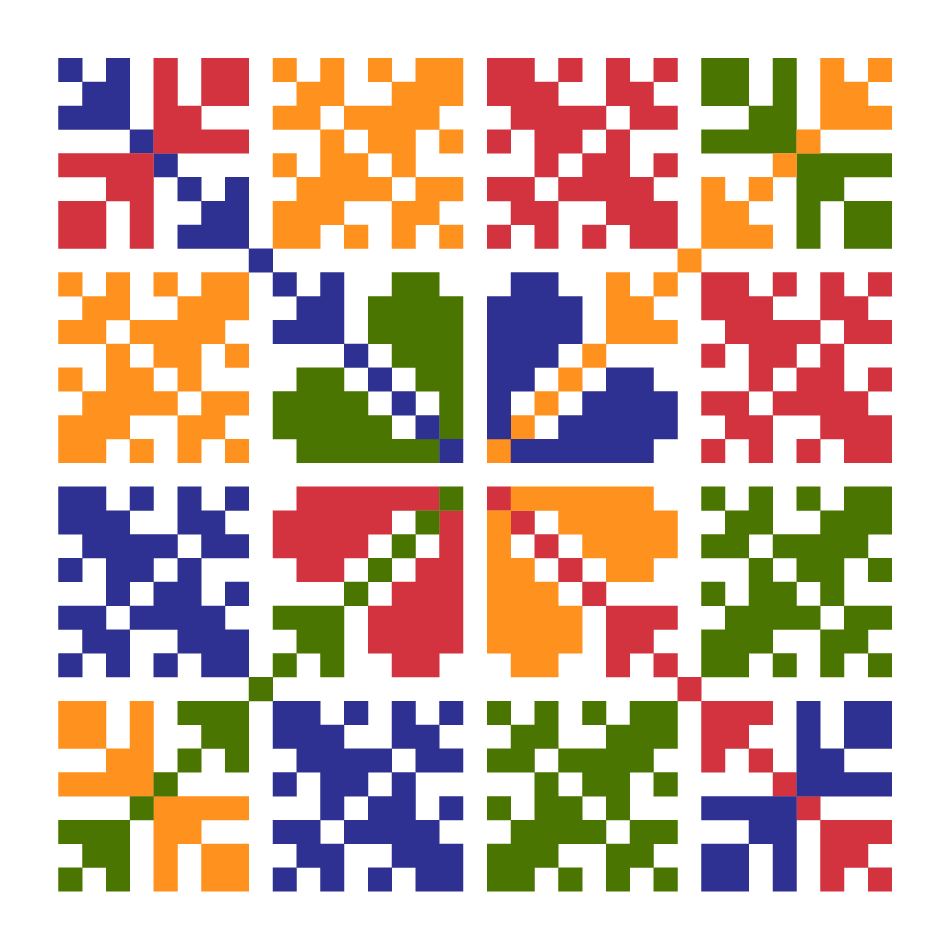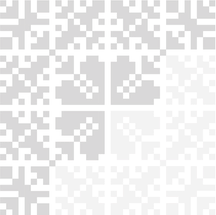C3 M1 L4 Grammar
3 | Modul 1: Gramatika
Kakav otac, takav sin
3 | 1 | Lekcija 4: Vjenčanje
| Adjective endings in the Accusative
In this module, you will learn the Accusative case endings of adjectives for all genders and for plural – when they are used with animate nouns. You will practice agreement between adjectives and animate nouns in the Accusative case in direct object contexts and after prepositions followed by the Accusative.
So far you have learned that the adjective endings agree with nouns by gender (masculine, feminine, neuter) and by number (singular, plural). Adjectives will also agree with nouns in terms of case. That is, if a noun is the direct object in the Accusative case, the adjectives that go with that noun will also need to be in the Accusative case.
Learning the Accusative endings for nouns will help a lot in learning how to form adjectives in the Accusative form.
Adjectives agreeing with feminine singular nouns in the Accusative will change their Nominative adjective ending -а to the Accusative ending –u (the same ending for feminine nouns and feminine adjectives). The plural form follows the same endings as in the Nominative plural form.
In the Accusative, adjectives modifying neuter nouns and masculine singular and plural nouns that do not refer to people will keep the same endings as in the Nominative case.
The only big difference between adjective and noun endings in the Accusative case appears for masculine animate nouns (indicating human beings). Look at the following examples:
Imam zanimljivog, starijeg brata.
While the ending for masculine nouns in the Accusative is -a, the adjective ending can be either -og or -eg (depending on how the adjective form ends). If the adjective ends in a palatal consonant (č, ć, đ, dž, lj, nj, j, š, ž) it will have the ending -eg. Otherwise, it will always take the ending -og.
N. sing. | zanimljiv | zanimljiva | zanimljivo |
A. sing. | -og / -eg | -u | - / |
A. pl. | -e | -e | -a |
3.1 Zadatak 7. Mlađi ili stariji?
Read the dialogues below and note that with animate nouns, the feminine and neuter Accusative adjective forms are the same as those for inanimate nouns. The masculine adjective form, however, changes (see the underlined ending). To review the Accusative forms of animate nouns, see grammar section in Unit 3 - Module 1 - Lesson 2.
Imaš li brata ili sestru? Da, imam stariju sestru i mlađeg brata. | Imaš li kućnog ljubimca? Da, imam kućnog ljubimca. |
Combine the adjectives below with the most appropriate nouns from the bank to complete the list of people in thirty-year-old Ivana’s immediate circle of family and friends. While some nouns might be logically combined with more than one adjective on the list, there is only one way to best match all the nouns and adjectives.
3.1 Zadatak 8. Igor i njegova obitelj
3.1 Zadatak 9. Prijatelji
Complete the dialogue between the two friends using the most appropriate adjectives from the bank. Read the text carefully. There is only one appropriate place for each adjective. Be careful, all adjectives listed below are in the masculine, Nominative form.
mlađi | stariji | mlađi | stariji |
simpatičan | dobar | srednji |
3.1 Zadatak 10. Kutak za gramatiku
Images used in this document are from these sources.






